Architecting a Tradespace Analysis Framework in a Digital Engineering Environment
Abstract
The design spaces for systems or systems of systems continue to grow in complexity. To support the management of this complexity, digital engineering environments are being stood up with the intent to support the creation of digital threads, connecting guidance with mission needs down to specific capability requirements. Furthermore, it is intended to integrate various types of models and simulations used for upfront analysis as well as downstream operations and management. This chapter provides guidance on the processes to design and implement a tradespace environment within a digital engineering environment. Specifics on the elements of a complete analysis framework, an exemplar workflow of one's use, and a summary of key lessons learned and takeaways is provided. This chapter's goal is to inform the reader on the practical processes and approaches to realize a successful tradespace analysis framework.
Leads
Daniel Browne
Georgia Tech Research Institute
Santiago Balestrini-Robinson
Georgia Tech Research Institute
David Fullmer
Georgia Tech Research Institute
Publications
Ackoff , R.L. ( 1989 ). From data to wisdom . Journal of applied systems analysis 16 ( 1 ): 3 – 9 .
Kluyver , T. , Ragan-Kelley , B. , Perez , F. et al. ( 2016 ). Jupyter Notebooks - a publishing format for reproducible computational workflows . In: Positioning and Power in Academic Publishing: Players, Agents and Agendas (ed. F. Loizides and B. Schmidt ), 87 – 90 . IOS Press .
Lubars , M. , Potts , C. , and Richter , C. ( 1993 ). A review of the state of the practice in requirements modeling . Proceedings of the IEEE International Symposium on Requirements Engineering , San Diego, CA, USA (6 January 1993). pp. 2 – 14 . IEEE .
West , T.D. and Birkmire , B. ( 2020 ). AFSIM: The Air Force Research Laboratory's approach to making M&S ubiquitous in the Weapon System Concept Development process . Cybersecurity & Information Systems Information Analysis Center (CSIAC) 7 ( 3 ): 50 – 55 .

